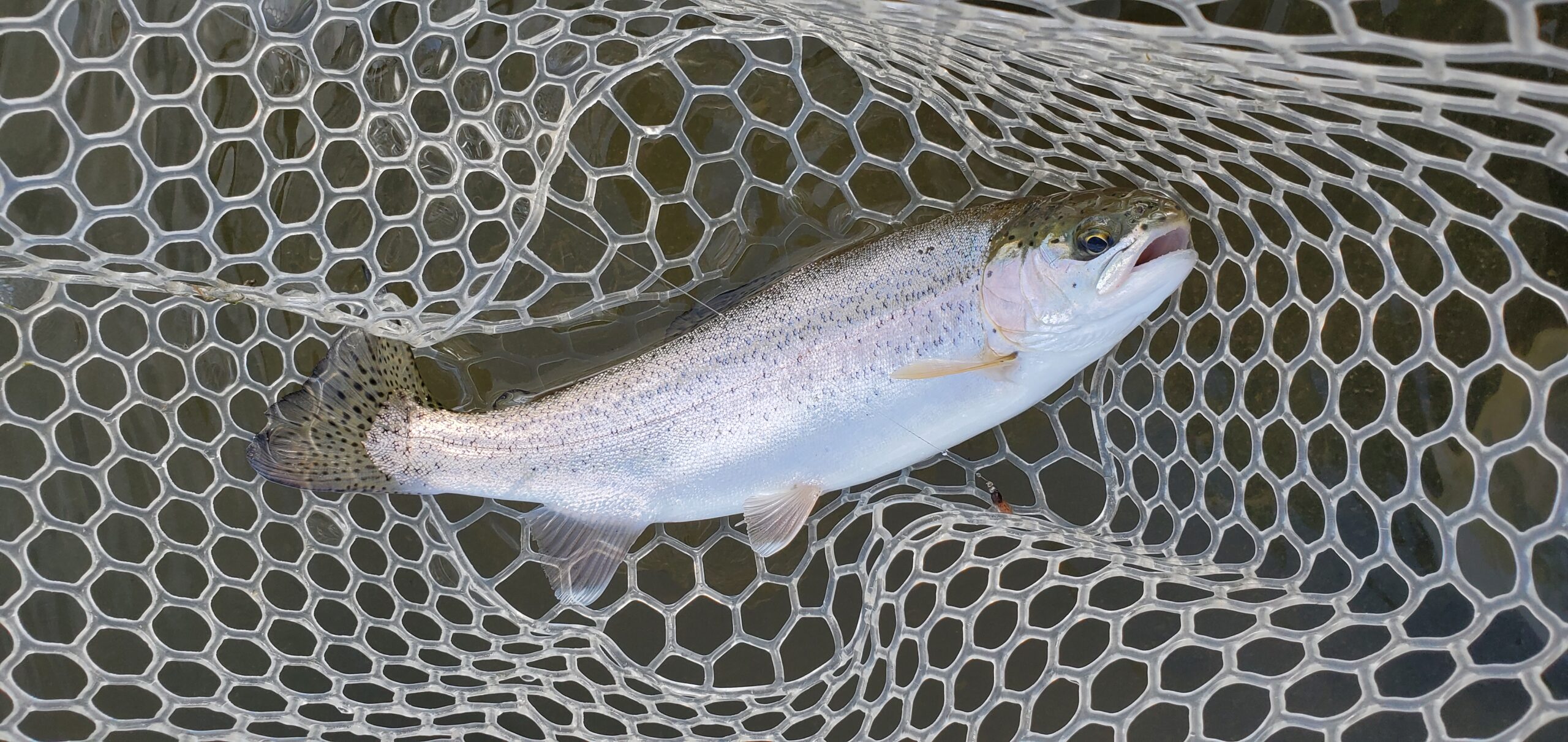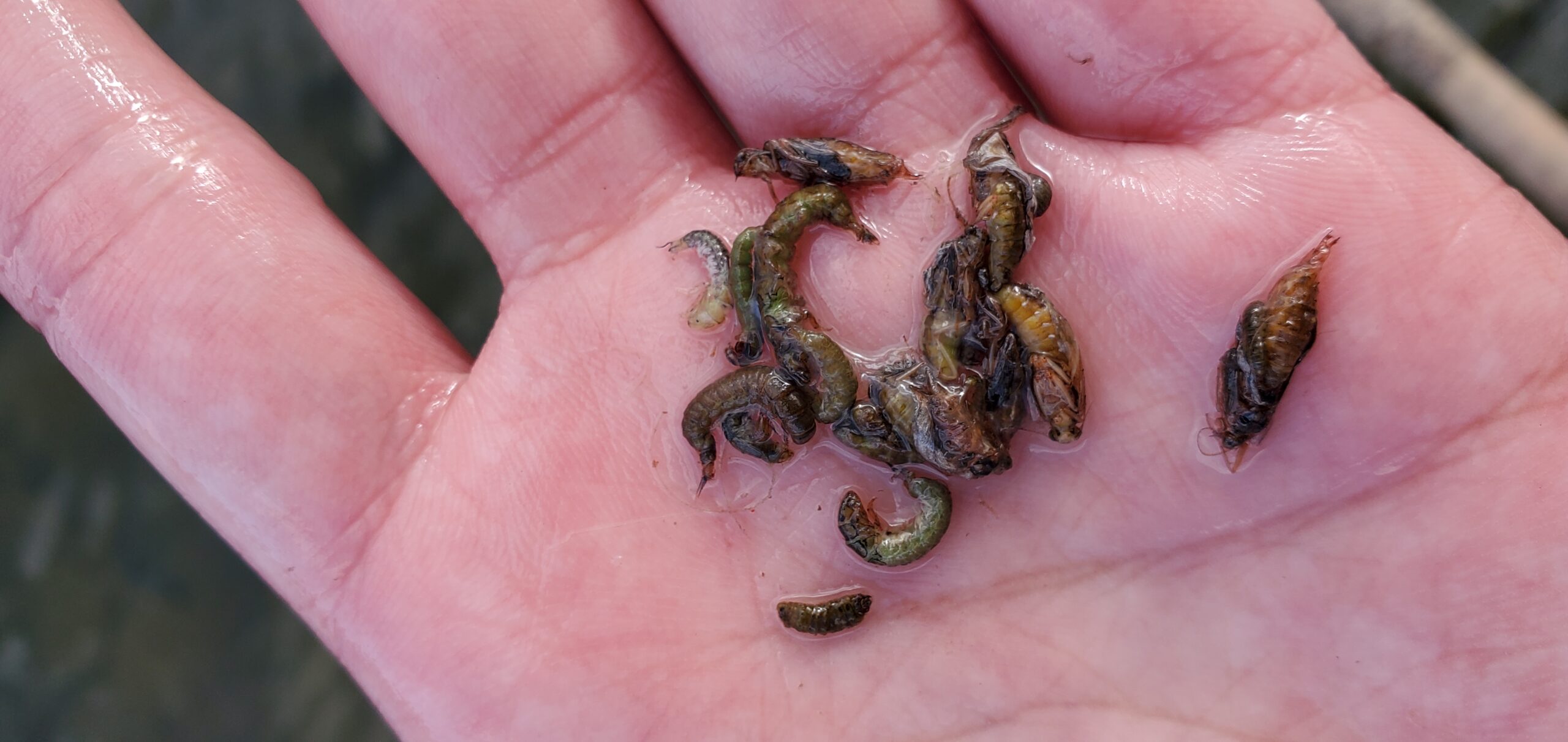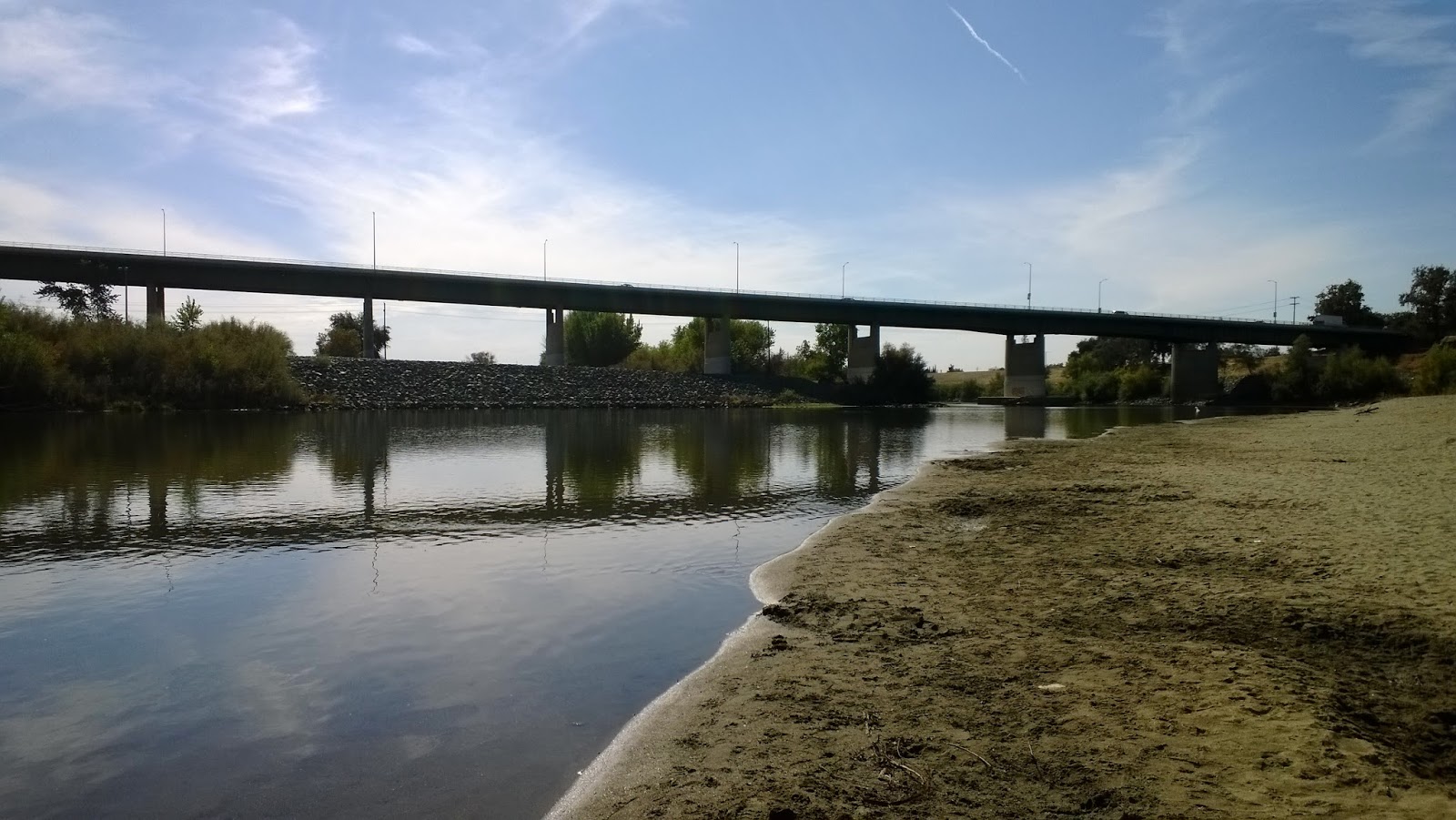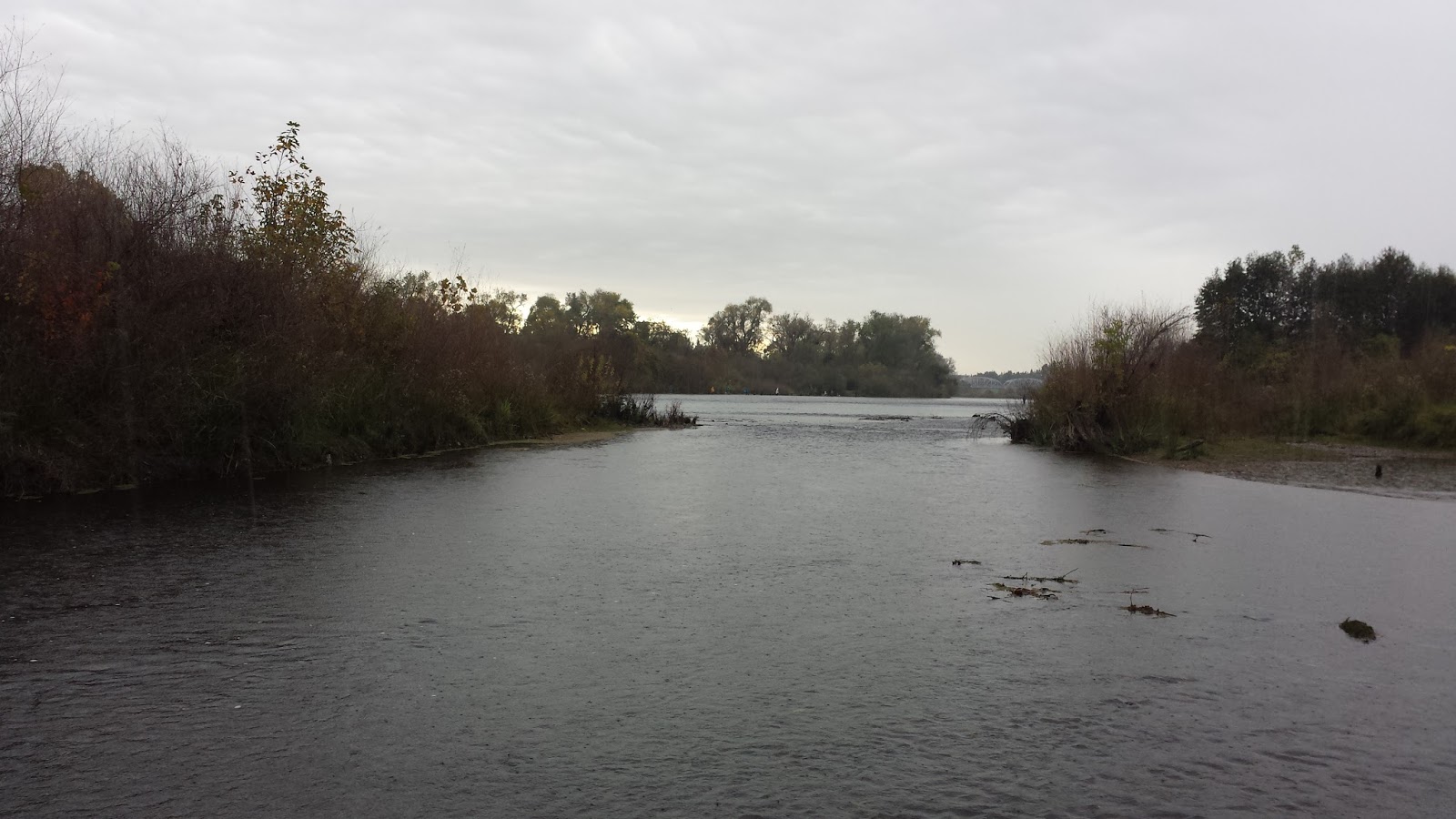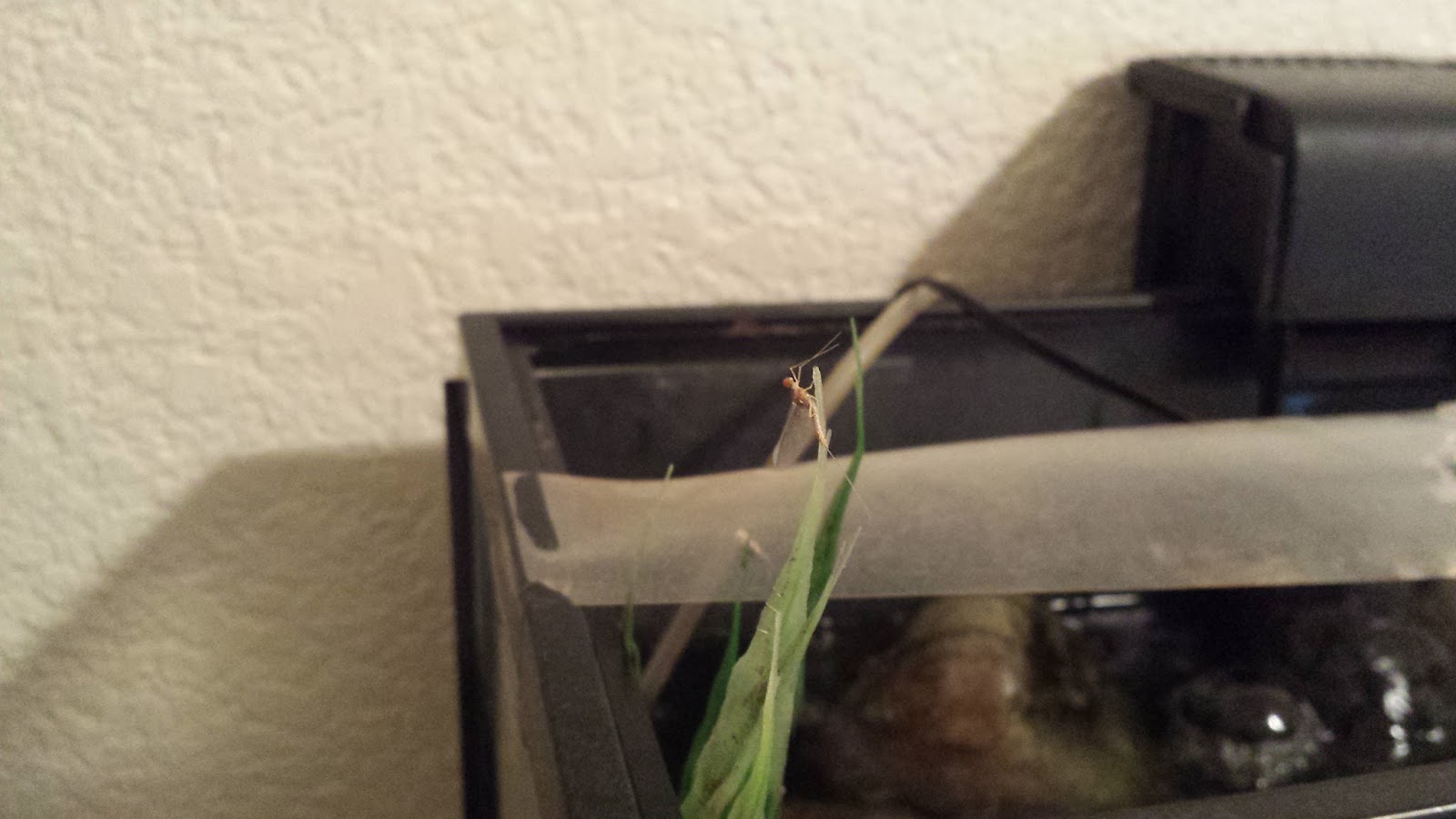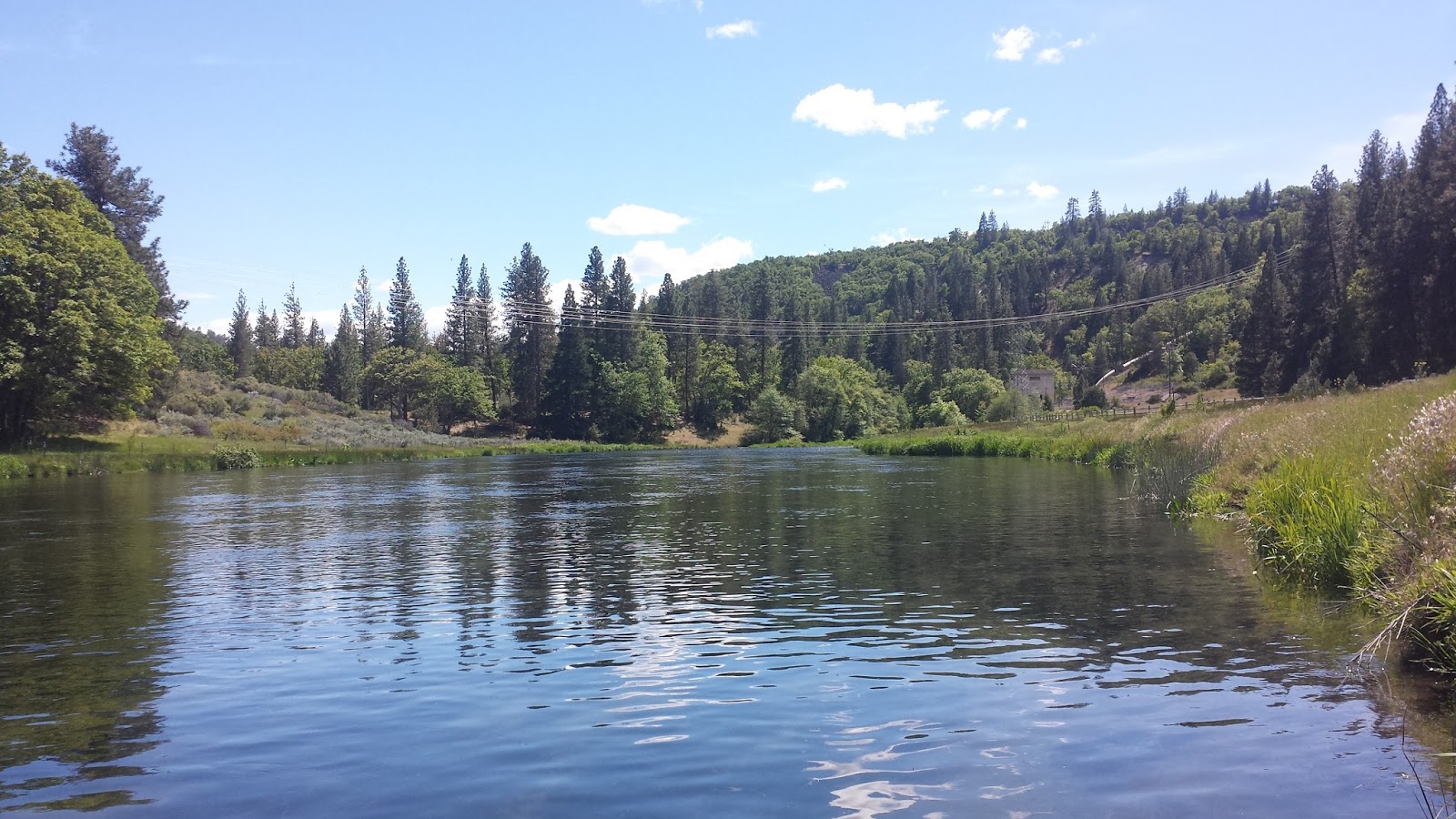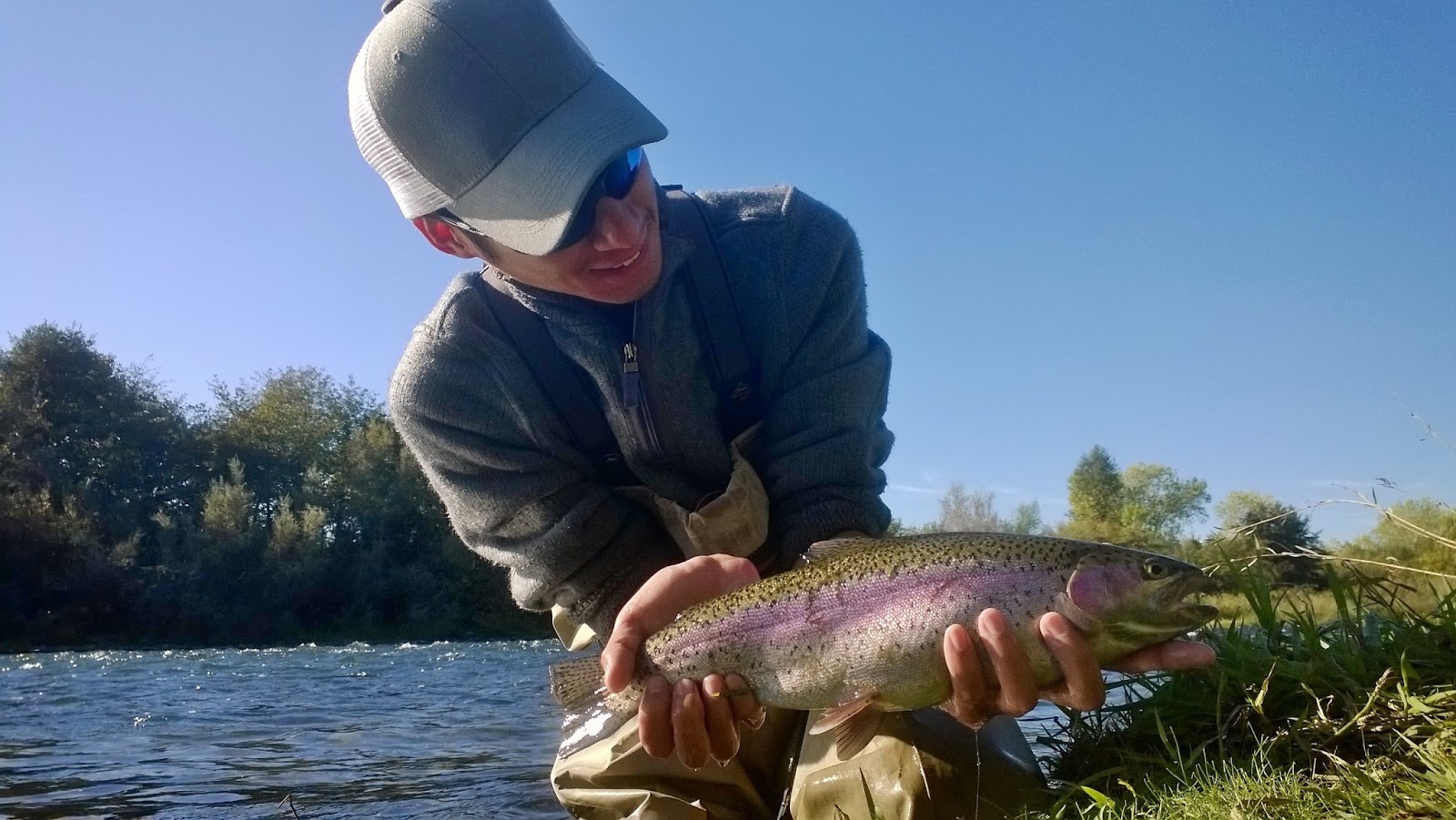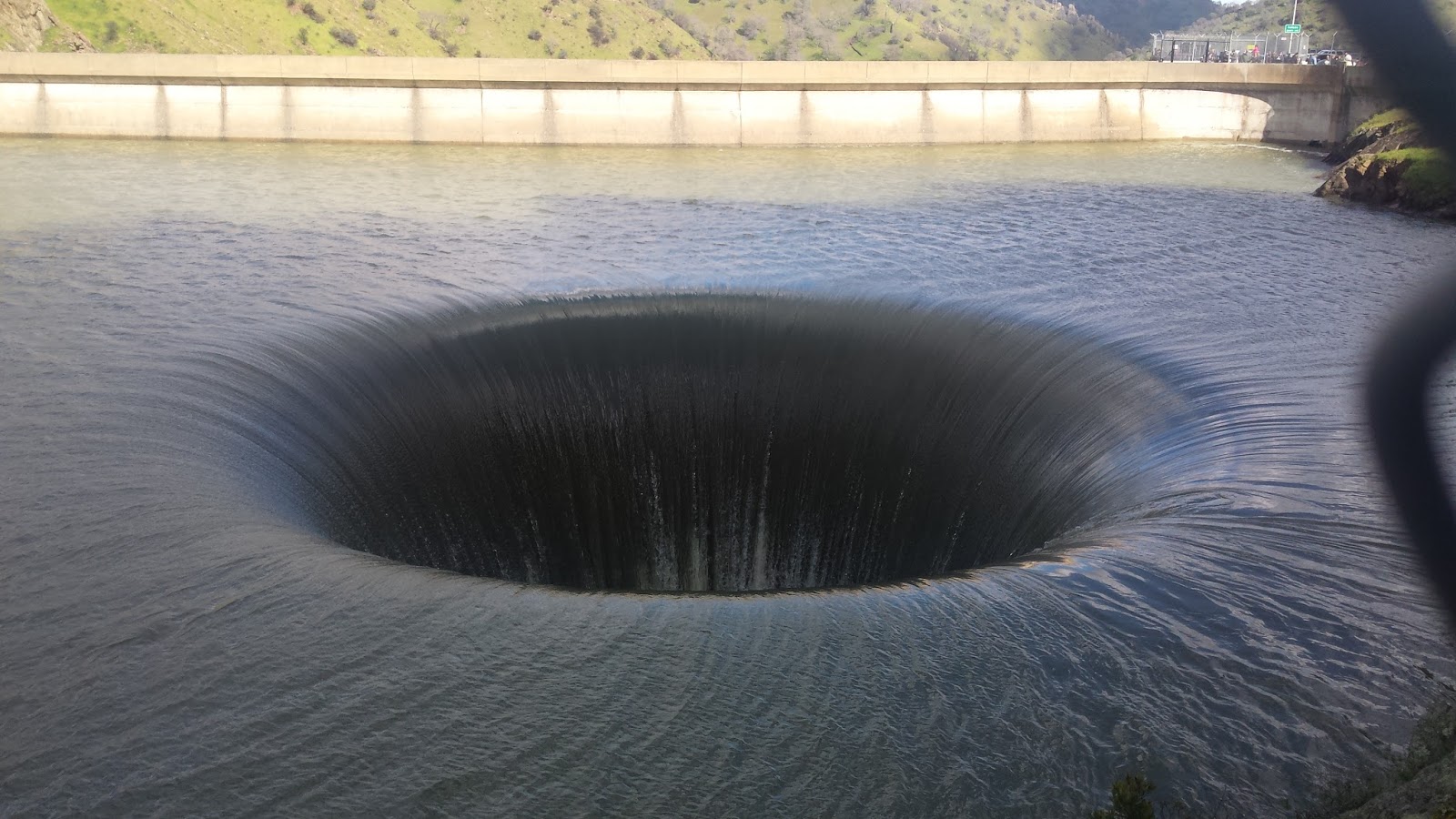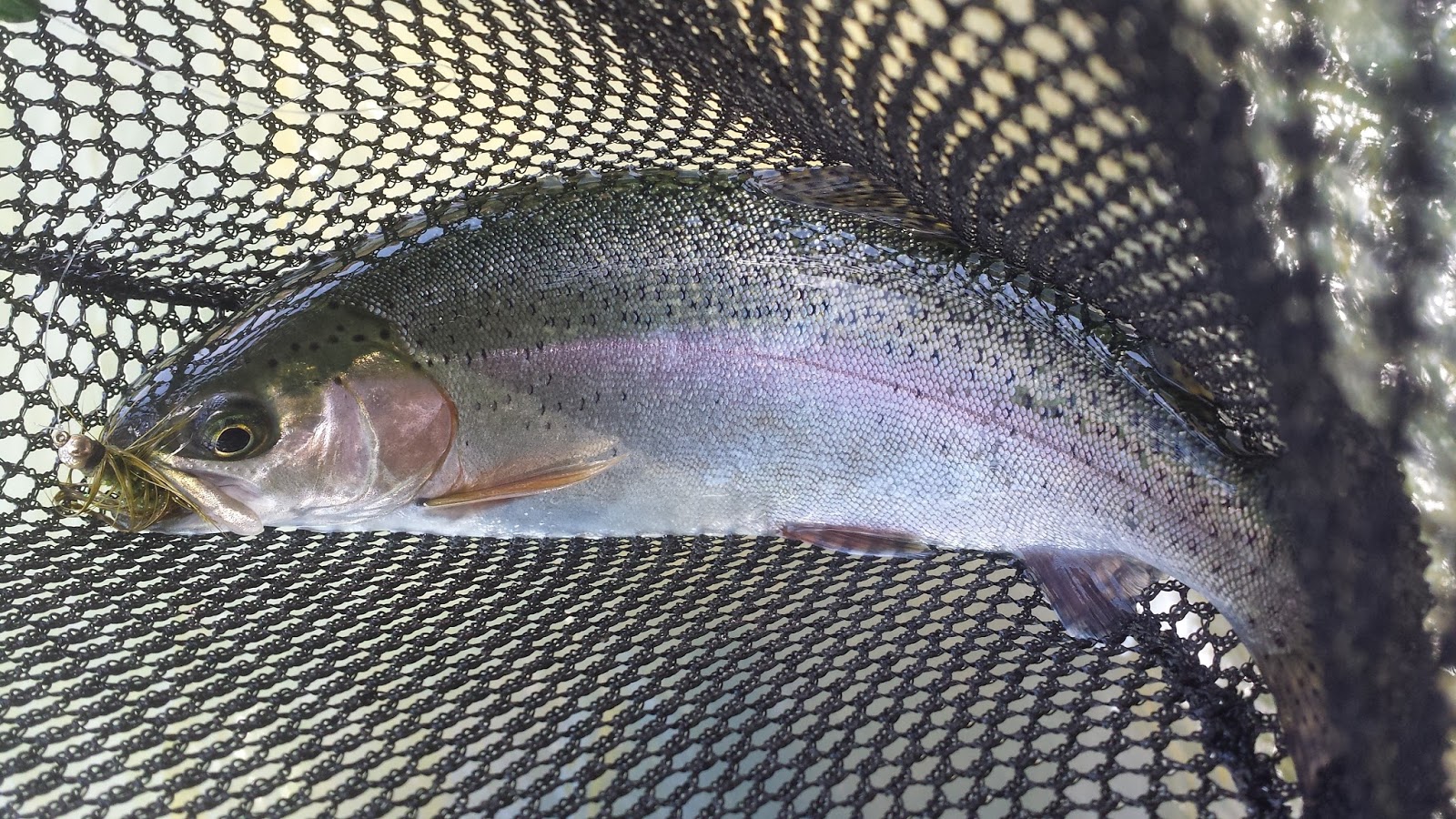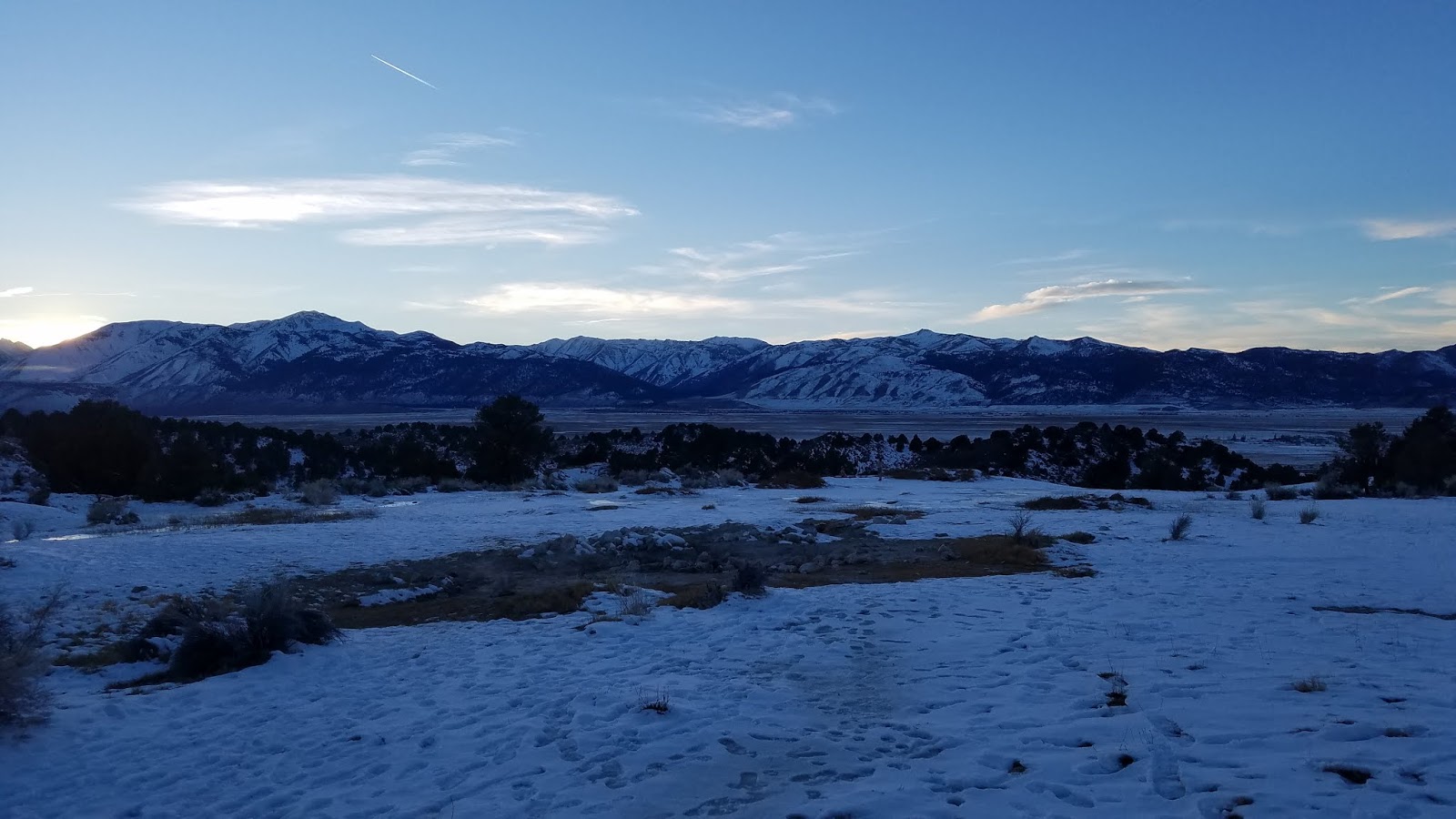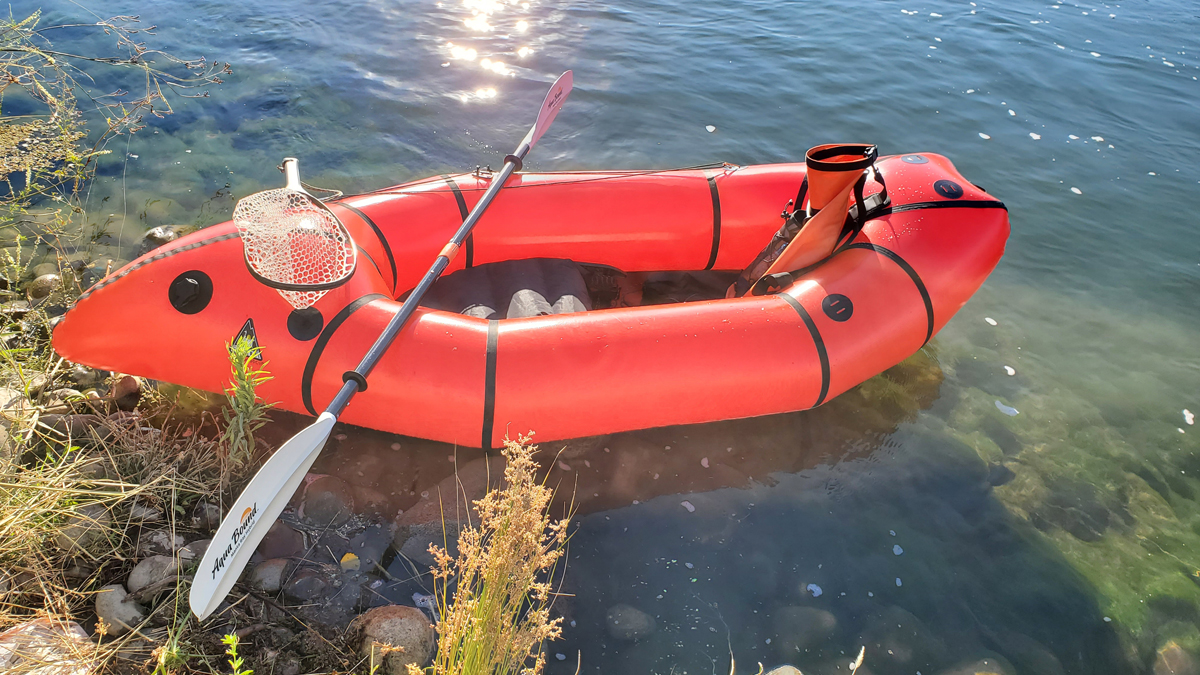
Since I’ve began my fly fishing journey many years ago there have many rivers and streams that have been out of my reach due to not having a boat. I’ve made the most out of the areas that I could access on foot but have always wondered how many more fish catch if I could cross or float to better water. I needed something simple that I could carry solo, float safety in, and pack away easily. Ready to explore and invest in the next frontier, I browsed through cyberspace to find the answer to all my needs, the packraft.
A packraft is exactly what it sounds like a raft that is packable. Packrafts come in an assortment of builds suited for many different purposes such as backpacking, fishing, hunting, and whitewater rafting. The top two companies known for their high-quality packrafts are Alpacka Rafts and Kokopelli. In my opinion it is very important to purchase the best of the best when it comes to packrafts as cutting corners for an ultralight watercraft could mean poor craftsmanship or using low-quality materials that could fail with regular use.
I did extensive research on a packraft that could help me comfortably float medium-size class I-II rivers. I settled for the Alpacka Caribou raft in red in addition to an ultralight paddle and a hand pump. The total cost rang up to a little over $1,000 which is more than I have ever paid for any fishing gear thus far (I convinced my wife that she could use it to paddle our son around which helped green light the purchase). Alpacka rafts are handcrafted to order and manufacturing times were delayed due to COVID. I ordered the Alpacka Caribou in the beginning of March and finally received it in mid-June.
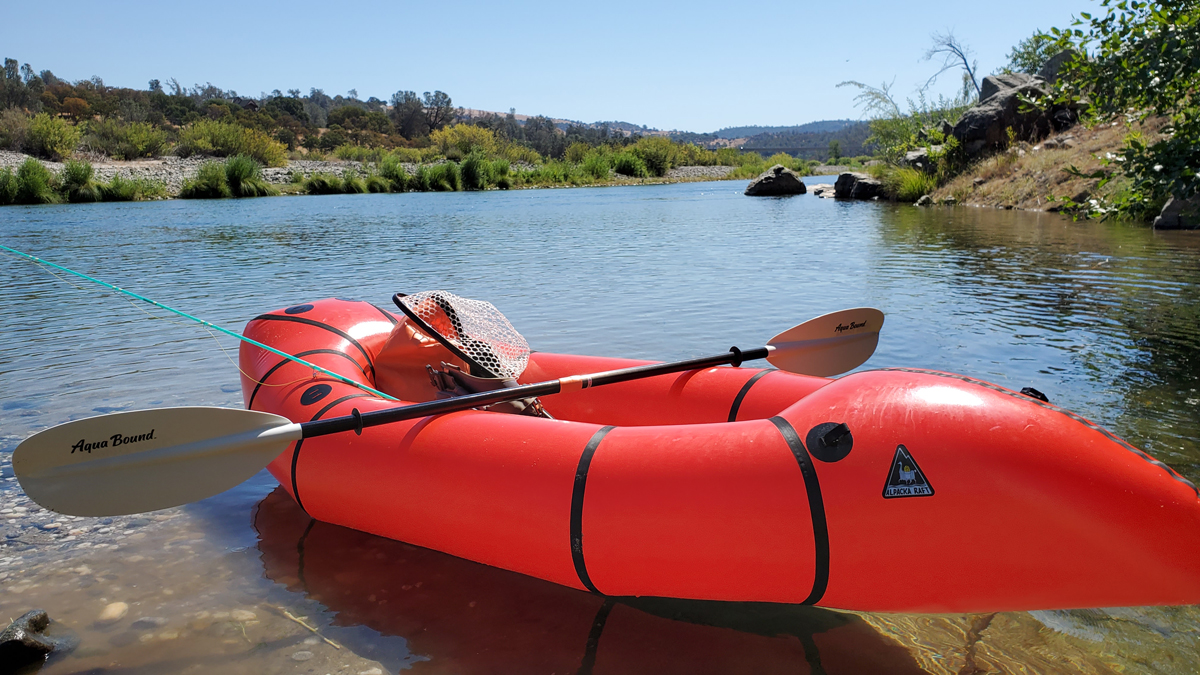
My first impression of the Alpacka Caribou was positive. The packraft is minimal, lightweight, and packs well. The drypack I have fitted with it and all of my gear including the paddles weigh in about 15lbs. The Alpacka Caribou is one of Alpacka Raft’s longer packrafts in the lower price range and the open deck is very comfortable with plenty of leg room. The Alpacka Caribou also has four bow strap plates and two stern grab loops that allow for gear storage and additions. Overall a fantastic packraft that I feel will have many uses in the future.
My first outing fishing in my Alpacka Caribou was on the Feather River in town from Shanghai Bend to Boyd’s Pump. Shanghai Bend at the falls has been producing a few shaker stripers and shad for me the past couple of visits so I figured it would be a good place to test my packraft and catch a few fish. I was a bit intimated at first because I didn’t know how well the Alpacka Caribou would perform in a larger river. The Feather River is relatively slow in this section which makes things easy however effectively fishing it from a raft would be game of trial and error.
The Alpacka Caribou opens a lot of new water for me especially for stripers. Stripers were probably one of my least targeted species because I felt like I needed to have boat access in order to cover water and fish for them. I could probably catch a few from the bank but there’s only a finite amount of bank that is wadeable. I don’t have a lot of experience fly fishing for stripers in rivers so I read up all I could find about them.
Stripers migrate to spawn in early spring and will be in the system from April to June though there are resident stripers that stay in the river all year round. Fly anglers will use primarily three types of lines to target stripers: a fast full sinking +6” per second heavy shooting head line when the fish are deep, a type III full sinking line when the fish more in the mid-column, and a floating line for throwing poppers early in the morning and evenings. Clousers type flies are the most effective flies and some of the few species to match the hatch are pike minnows, shad, steelhead smolt, and sucker fish. Stripers will be shallow in the mornings and move to deeper water as the day gets brighter. Look for water that has little to no current and fish around structure such as trees, rocks, weedbeds, etc. Half the battle is finding them as they are voracious eaters that aren’t too picky about what they eat.
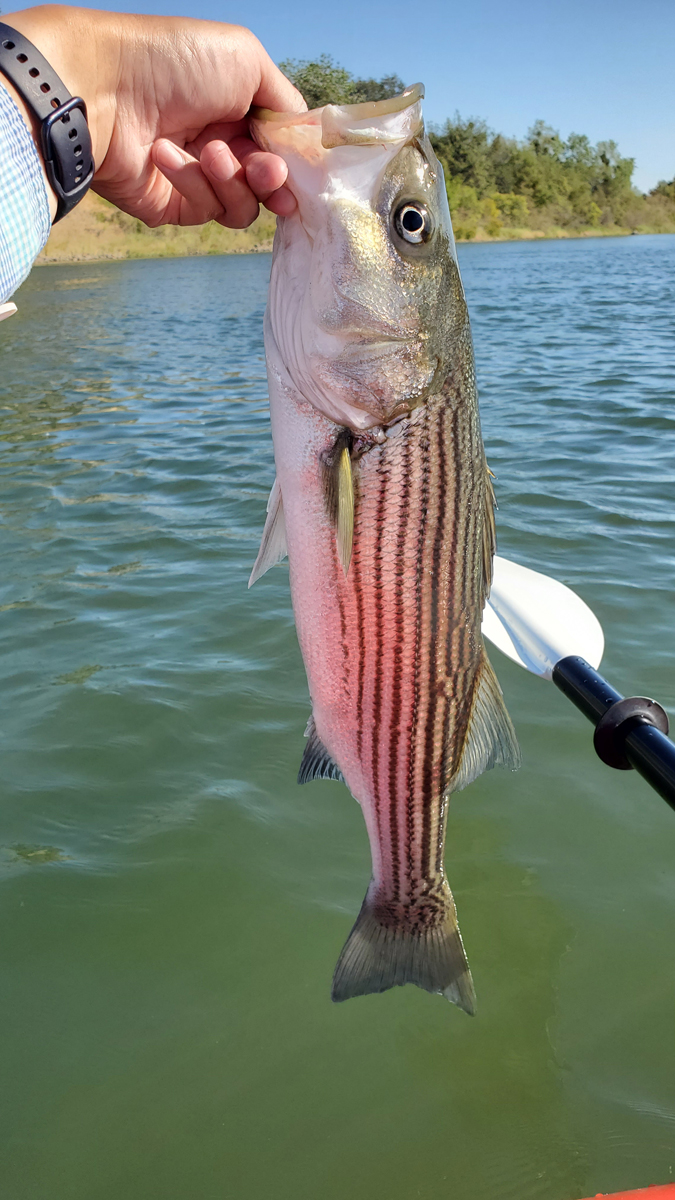
I floated the Feather River at 3,100 CFS which was a good flow for my packraft. Getting around the river in the Caribou was easier than I imagined and the raft’s design helped kept me facing the correct way towards the bank the as I drifted downstream casting and covering water. The catching this visit wasn’t very good, one striper and two small spotted bass, but I discovered a lot of new water that could have potential in the future.
I am really looking forward to exploring all the water that the Alpacka Caribou just opened up for me.
